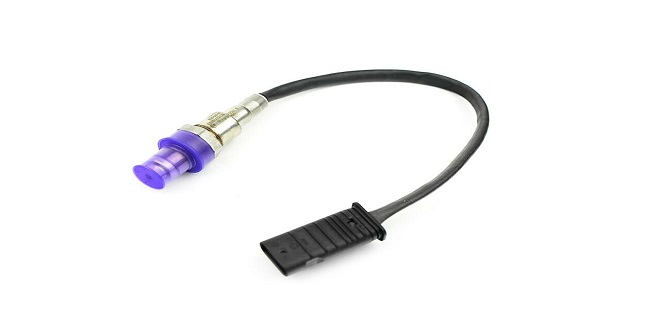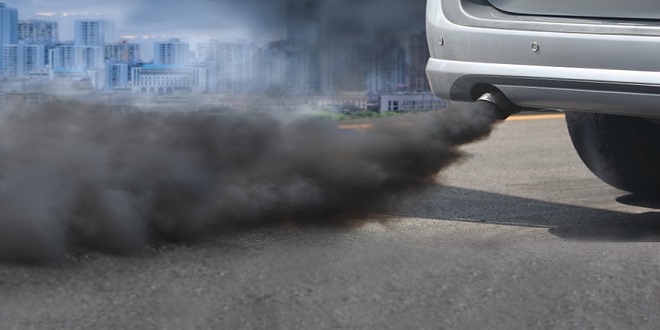New developments Bosch lambda diesel

Lambda sensing is now also applicable to diesel engines. This new technology makes cars cleaner and more economical. Bosch is now also applying the lambda sensor in the closed-loop control concept for diesel engines. The new system allows for a previously unreached fine-tuning of injection and engine. This reduces fuel consumption and pollutant emission from diesel engines.
Different from the previous concept, the lamb da-based control now optimizes the exhaust gas quality via exhaust gas recirculation, charge-air pressure, and the start of injection. These parameters decisively influence the emissions from diesel engines.
Compared to the standard diesel engine management, the new Bosch system permits a stricter adherence to low emission values. Engines are better protected against defects. For example, the harmful combustion in cars running in overrun may be detected and corrected. In engines running under full load, the system offers more effective smoke suppression
The lambda sensor will also monitor the NO x accumulator catalytic converters (of future emission purification systems). The sensor supplies data for the management of the catalytic converter, which has to be cleaned at regular intervals in order to preserve its storage capability.
Assignment
Draw an 8 8 look-up table (grid) for a digital fuel control system. The horizontal axis should represent engine speed from zero to 5000 rev/min, and the vertical axis engine load from zero to 100%. Fill in all the boxes with realistic and explain why you have chosen these. You should explain the trends and not each individual.
Download the ‘Automotive Technology – Electronics’ simulation program from my website and see if your figures agree with those in the program. Discuss reasons why they may differ.
Multiple-choice questions
- Explain what is meant by a lambda value.
- State five advantages of fuel injection.
- With reference to the combustion process, describe the effects of ignition timing.
- With reference to the combustion process, describe the effects of mixture strength.
- Draw a block diagram of a fuel injection system. Describe briefly the purpose of each component.
- Explain the combustion process in a diesel engine.
As the requirements for lower and lower emissions continue, together with the need for better performance, other areas of engine control are constantly being investigated. This control is becoming even more important as the possibility of carbon dioxide emissions being included in future regulations increases.
Some of the current and potential areas for further control of engine operation are included in this section. Although some of the common areas of ‘control’ have been covered in the previous two chapters, this chapter will cover some aspects in more detail and introduce further areas of engine control. Some of the main issues are
For an engine to operate at its best, volumetric efficiency is not possible with fixed manifolds. This is because the length of the inlet tract determines the velocity of the intake air and, in particular, the propagation of the pressure waves set up by the pumping action of the cylinders.
These standing waves can be used to improve the ram effect of the charge as it enters the cylinder but only if they coincide with the opening of the inlet valves. The length of the inlet tract has an effect on the frequency of these waves.
Last word
One method of changing the length of the inlet tract is shown in. The control valves move, which changes the effective length of the inlet. shows how the design of the inlet manifold is a significant feature of the Volvo S80 engine.





